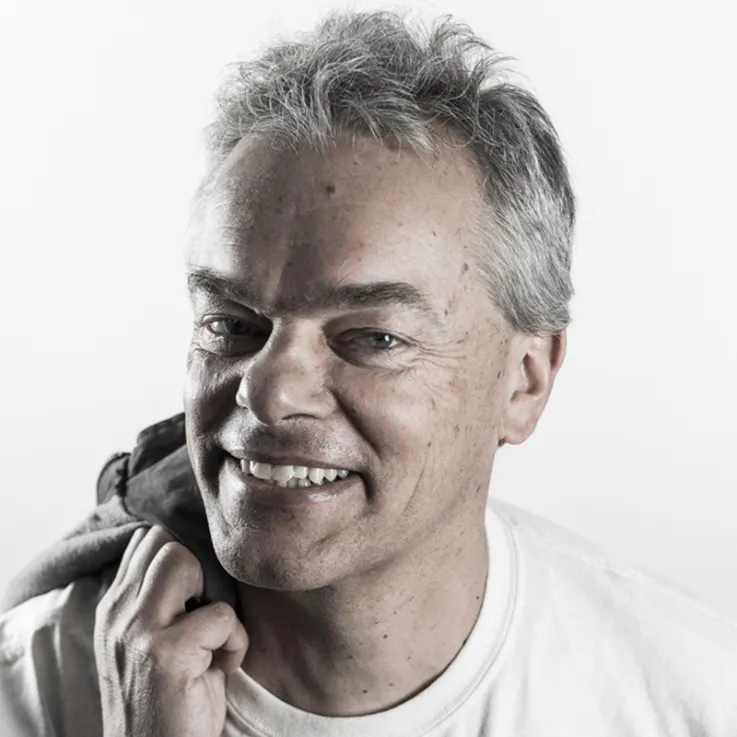Edvard Moser is a Professor of Neuroscience and Director of the Kavli Institute for Sys-tems Neuroscience at the Norwegian University of Science and Technology in Trondheim.
He is interested in how spatial location and spatial memory are computed in the brain. His work, conducted with May-Britt Moser as a long-term collaborator, includes the discovery of grid cells in the entorhinal cortex, which provides clues to a neural mechanism for the metric of spatial mapping. The discovery of grid cells was succeeded by identification of other functional cell types, including border cells and speed cells. Collectively the findings point to the entorhinal cortex as a hub for the brain network that makes us find our way.
Together with May-Britt Moser and John O’Keefe, Edvard Moser was awarded the Nobel Prize in Physiology or Medicine in 2014.



